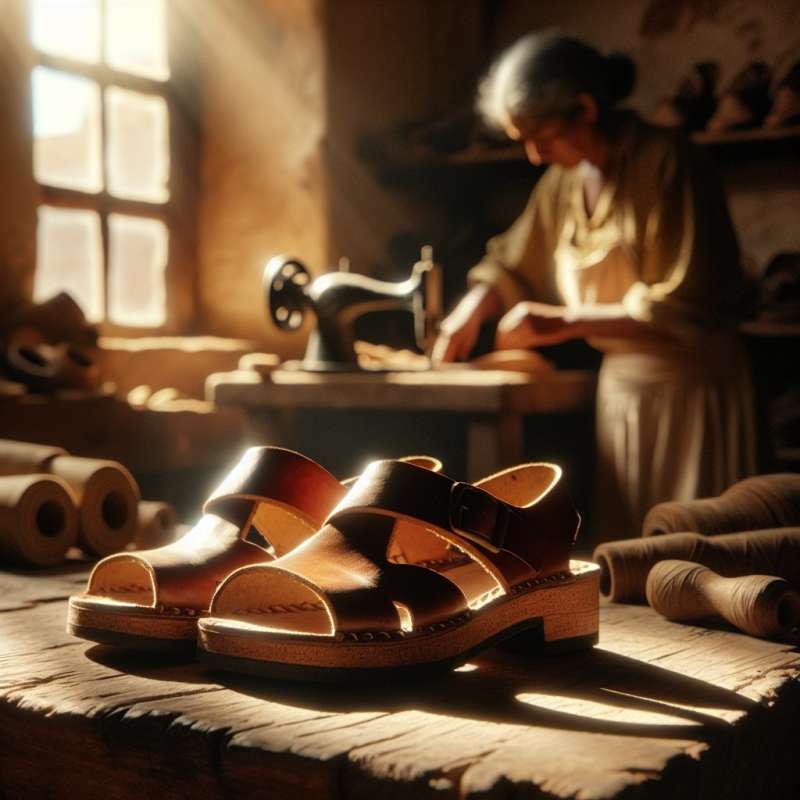
Birkenstock: A Historical View
Originating in 1774, Birkenstock has a rich history. Johann Adam Birkenstock was registered as a 'vassal and shoemaker' in local German church archives, marking the beginning of the brand's long journey.
Unique Footbed Invention
In the 1930s, Birkenstock invented the flexible footbed, a game-changer in shoe comfort. Its contoured cork design mimics a footprint in the sand, supporting natural foot shape.
Post-War Health Boom
After WWII, Birkenstocks gained popularity as health and wellness became a societal focus. The ergonomic design was perceived not just as footwear, but a health product.
1970s: Counterculture Emblem
Birkenstocks became a symbol of the counterculture movement in the 1970s. They were embraced for their simplicity and rejection of mainstream fashion.
Eco-Friendly Materials
Birkenstocks are known for using sustainable materials like cork, natural latex, and jute. The brand emphasizes eco-consciousness in its production processes.
Surprising Celebrity Endorsement
Unexpectedly, high-fashion icons like Heidi Klum and designers like Celine's Phoebe Philo have embraced Birkenstocks, elevating their status to a fashion staple.
Birkenstock's Modern Expansion
Today, Birkenstock has expanded beyond sandals. They offer boots, socks, and even skincare, with products that emphasize foot health and general well-being.NASA & Birkenstocks
NASA once used Birkenstock's cork footbeds to develop ergonomic seating for astronauts in the 1960s.
When was Birkenstock's origin?
1930s with footbed invention
1774 as noted in church archives
1970s during counterculture movement
Company